
Starting June 1st, 2023 Our warehouse fee will be $0.65/cubic foot per month
In effort to lower the warehouse storage fee during inflation, we have went narrow aisle racking.This construction took us four months but the project is finally completed. With narrow aisle racking, we are able to drop storage by 24%.We as partners will go through this inflation together.
03/12/2024
In the year 2024, the landscape of transportation faces unrelenting risks, as geopolitics, labor negotiations, fluctuations in freight demand, and capacity challenges persist, reshaping supply chain strategies.
Amidst labor disputes, geopolitical uncertainties, and imbalances in freight supply and demand, logistics managers are compelled to reassess their supply chain strategies throughout 2024.
Notably, sea and air shipping modes are grappling with the repercussions of the Red Sea crisis, each experiencing distinct challenges. Simultaneously, labor tensions pervading various logistics sectors underscore the necessity for adaptability among logistics managers.
In anticipation of the imminent risks in the coming year, Worldcraft Logistics has compiled insights from multiple experts, presenting eight pivotal logistics trends to monitor in 2024.
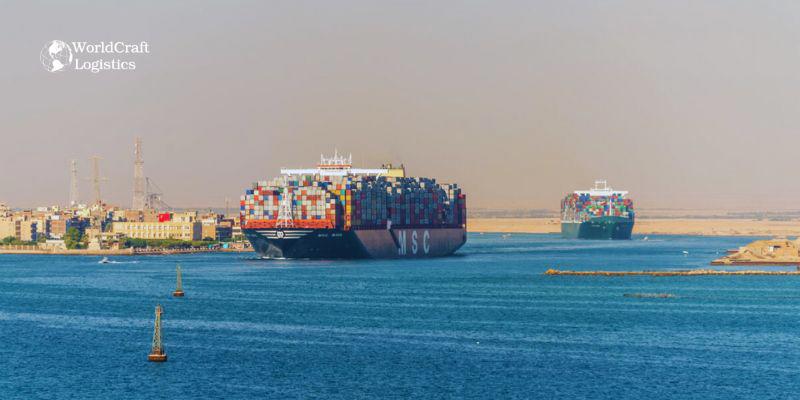
The ongoing developments in the Red Sea present a formidable challenge for ocean freight, as shipper apprehensions revolve around fluctuating rates and alterations in vessel schedules.
"In light of notable spikes in indices and freight rates on specific routes, there is a prevailing concern that carriers might exploit this disruption to increase overall sea freight pricing," warned Patrick Lepperhoff, principal at Inverto, in a statement to worldcraftlogistics.com.
Since the commencement of vessel attacks in the Red Sea, ocean shipping rates have experienced a substantial surge, prompting several carriers to implement additional surcharges. Notably, major shippers such as Ikea have already reported encountering delays as they grapple with constraints for specific products.
Lepperhoff emphasized that even if the situation in the Red Sea normalizes, shipping companies could encounter challenges for months to come.
Drawing a parallel with the 2021 Suez Canal blockage, which lasted approximately six days and disrupted schedules at ports in the Mediterranean and North Sea for months, Lepperhoff pointed out, "This crisis has already exceeded that duration."
Articles updating the situation of freight transport in the Red Sea in recent times:
👉 A cargo ship carrying 41,000 tons of fertilizer sank due to Houthi attack
👉 Red Sea Region Witnesses a 21% Decline in Cargo Volumes Amidst Rising Ship Attacks
👉 Worries regarding rising container shipping costs following incidents in the Red Sea
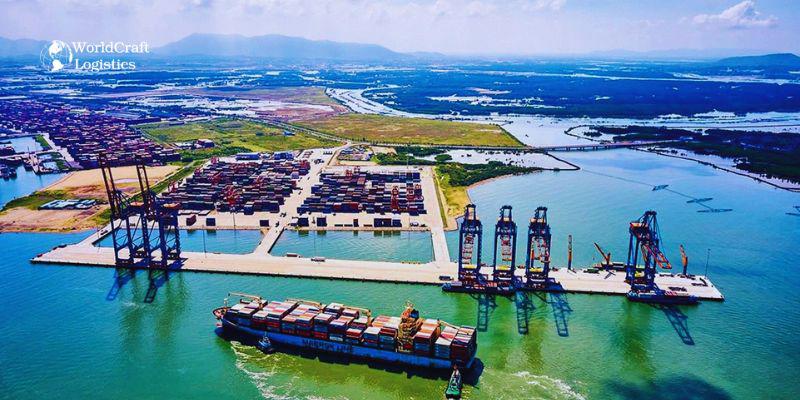
Ongoing drought restrictions at the Panama Canal are prompting cargo diversions, thereby escalating the likelihood of delays in maritime transport. As per a December 15 advisory from the canal, vessels traversing this crucial waterway are now restricted to a mere 24 slots per day, a significant reduction from the pre-drought capacity exceeding 30 daily ship transits. Authorities anticipate a further decline to 18 slots per day by February.
Complicating matters for shippers, the crisis in the Red Sea has added another layer of complexity to their options. Companies seeking to import cargo from Asia to the U.S. East Coast may have initially considered the Suez Canal as an alternative to the Panama Canal. However, this alternative has become riskier due to attacks on vessels traveling through the Red Sea, prompting major carriers to reroute ships or suspend transit altogether.
A report from Moody's Investors Service on January 24 highlights the challenges faced by customers in the absence of canal access, pointing out that they now confront 30%-40% longer sailing times and increased costs for trading with Asia.
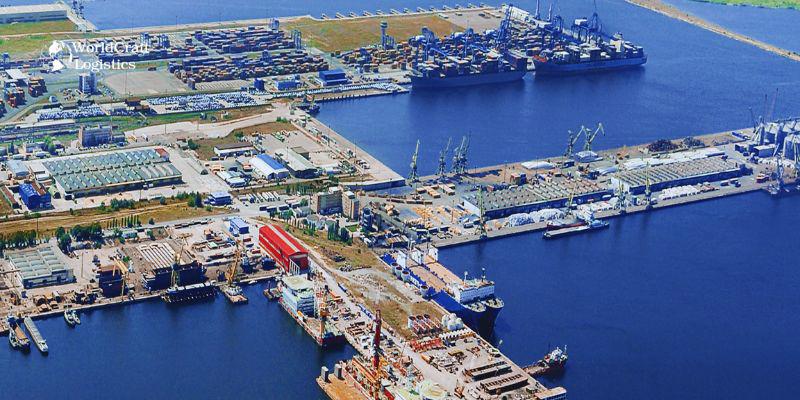
Ongoing labor negotiations pose a significant threat to ocean shipping as East and Gulf Coast port labor talks loom large. The expiration of the International Longshoremen’s Association (ILA) labor contract with the United States Maritime Alliance on Sept. 30 is a critical point of concern. According to a statement from the ILA, members have been advised to brace themselves for the potential of a coast-wide strike in October 2024.
In the event of a strike, experts warn of potential port congestion. Brian Whitlock, Gartner's senior research director, emphasized the repercussions, stating that such an occurrence could lead to the loss of volume gained during the recent West Coast labor negotiations. The impact of these labor actions extends beyond ocean shippers, affecting various transportation modes, making it a prominent concern for industry stakeholders.

Amidst drought-related constraints at the Panama Canal, the prolonged Red Sea crisis, and labor uncertainties at East and Gulf Coast ports, numerous analysts are anticipating a substantial surge in volume at U.S. West Coast ports in 2024, potentially resulting in congestion.
Already witnessing increased volume due to cargo rerouting, West Coast ports have observed a 3% rise in market share compared to their East and Gulf Coast counterparts, as reported by Gene Seroka, the Executive Director of the Port of Los Angeles, on January 10.
As cargo flows are redirected, Lawrence Gross, an intermodal consultant, expressed expectations of a potential surge in intermodal volumes through truck and rail. Despite the ample capacity in trucking companies and the addition of chassis in anticipation of growth, heightened container traffic might lead to congestion.
Nevertheless, West Coast ports are gearing up for the anticipated rebound in cargo in 2024.
"Make no mistake about it – cargo has come back to the West Coast, and we are not letting it go," affirmed Mario Cordero, CEO of the Port of Long Beach, during the State of the Port 2024 event on January 17.
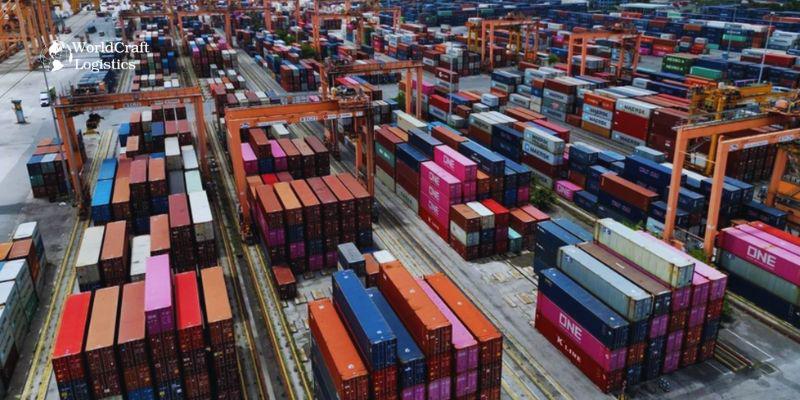
The trucking sector experienced a contraction throughout 2023, witnessing both large and small carriers exiting the market due to bankruptcy, closure, or acquisition.
Experts foresee this trend persisting in 2024. According to Jonathan Phares, Assistant Professor of Supply Chain Management at Iowa State University, the elevated rate of transportation employment indicates an abundance of drivers and companies vying for business amidst a soft freight market cycle. Phares, in an email to Worldcraft Logistics, expressed optimism for shippers, anticipating that ample capacity could result in steady spot and contract rates.
Although recent Federal Reserve interventions have seemingly tempered inflation, manufacturing employment remains unaffected, as highlighted by Phares. However, a scenario of sustained high interest rates and a cooling industrial production could lead to diminished trucking demand and capacity.
In such an event, Phares suggests that shippers might witness a decline in spot rates until demand surpasses trucking supply. Conversely, if the Federal Reserve reduces rates while manufacturing production stays robust, shippers may continue to enjoy low spot rates and abundant capacity.
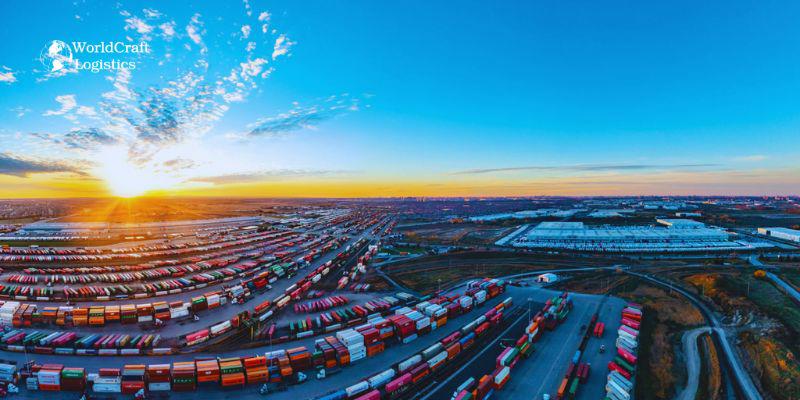
Following tense contract talks between UPS and the International Brotherhood of Teamsters last summer, the parcel delivery sector braces for more management-labor clashes this year.
FedEx Express and its pilot union are currently engaged in negotiations for a new contract after members rejected a tentative deal in July. Simultaneously, mechanics at the FedEx unit are actively organizing to join the Teamsters. The labor union is also pushing its campaign to organize workers fueling Amazon's extensive logistics network, highlighting an unfair labor practice strike by delivery drivers at an Amazon contractor that ratified a union contract in 2023.
Last month, Teamsters General President Sean O'Brien issued a warning to Amazon, stating, "Amazon better pay attention because there's more to come."
The potential for these disputes to escalate into operational disruptions remains uncertain. However, the mere threat of a strike has prompted shippers to seek alternative carriers. In a December earnings call, Brie Carere, EVP, and Chief Customer Officer at FedEx, revealed that FedEx gained 400,000 packages' worth of average daily volume from UPS due to the latter's strike risk.
Carere emphasized, "We are tracking all accounts that... we won, specifically because of their concerns on the labor negotiations. The vast majority of those had an early termination clause. And to my knowledge, we have not lost a single one of those accounts."
The air cargo market's future remains unclear, with the recent stabilization of last year's rapid volume decline. Some experts predict a return to classic seasonality in 2024, though subdued. Niall van de Wouw, Chief Airfreight Officer at Xeneta’s Clive Data Services, stated in the 2024 Air Outlook that it could be an opportunity for shippers to recover after recent volatility.
However, the apparent calm in the air cargo industry doesn't negate potential risks. Marc Schlossberg, EVP of Air Freight at Unique Logistics, highlighted capacity challenges and the impact of e-commerce giants such as Shein, Temu, and Tik-Tok. According to Schlossberg, their voracious appetite for capacity is sidelining traditional air freight shippers, with e-commerce demand peaking at a sustained 10,000 tons per day during the last 90 days.
Schlossberg emphasized the growth forecast of 20% to 30% in e-commerce, with these companies absorbing 30% or more of global capacity. Coupled with a three-to-four-year tech cycle and consumers upgrading their home offices during the pandemic, a potential clash between a resurgent high-tech market and the rising e-commerce behemoths could lead to swift complications, warns the EVP.
Ongoing geopolitical risks such as conflicts in the Middle East and Ukraine add unpredictability to the market, complicating advice for customers, according to Schlossberg.
Mike Short, president of global forwarding at C.H. Robinson, highlighted trends like increasing strike activity and congestion at the U.S.-Mexico border due to nearshoring developments as additional market risks.
Despite the influence of e-commerce demand and uncontrollable factors on the air cargo market, shippers can still position themselves for success.
Schlossberg suggested measures like hard block BSA and charter capacity, sea-air and air-sea consolidations, and other charter products to mitigate unprecedented disruptions.
Short advised focusing on adapting plans to changing events rather than adhering rigidly to initial plans.
"For 2024 planning, we recommend shippers prioritize agility and develop contingency plans," Short emphasized. "While we can't predict the future, maintaining resilience is crucial for ensuring the continuous movement of goods during planned or unplanned disruptions."
SEO
Digital Marketing/SEO Specialist
Simon Mang is an SEO and Digital Marketing expert at Wordcraft Logistics. With many years of experience in the field of digital marketing, he has shaped and built strategies to effectively promote Wordcraft Logistics' online presence. With a deep understanding of the logistics industry, I have shared more than 500 specialized articles on many different topics.

Hot News
08/05/2024

Hot News
02/23/2023

Hot News
02/23/2023

Hot News
02/06/2023
Hot News
02/07/2023